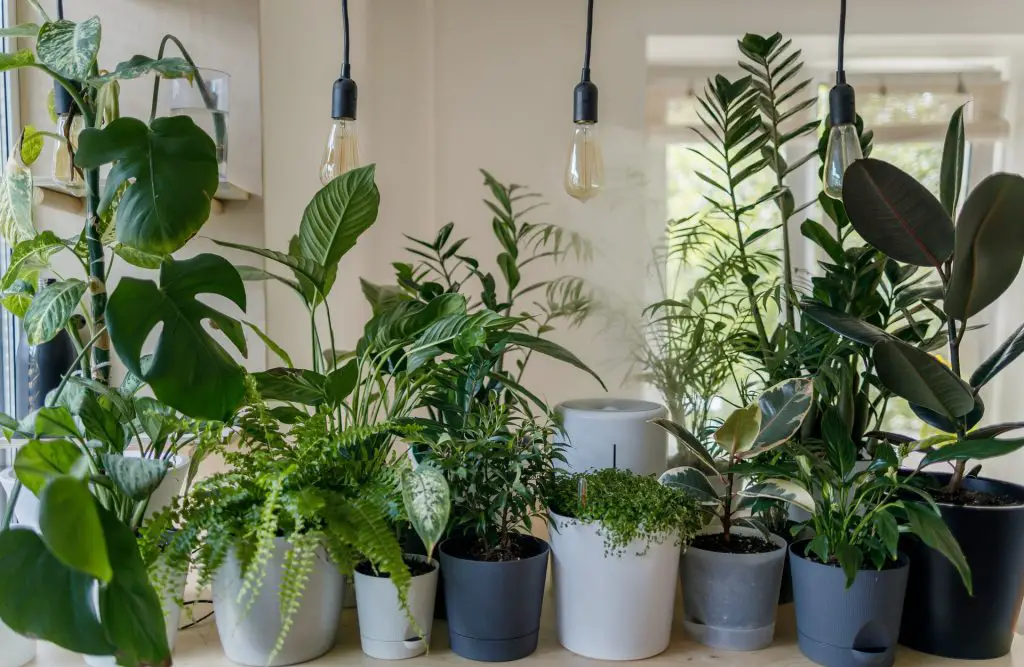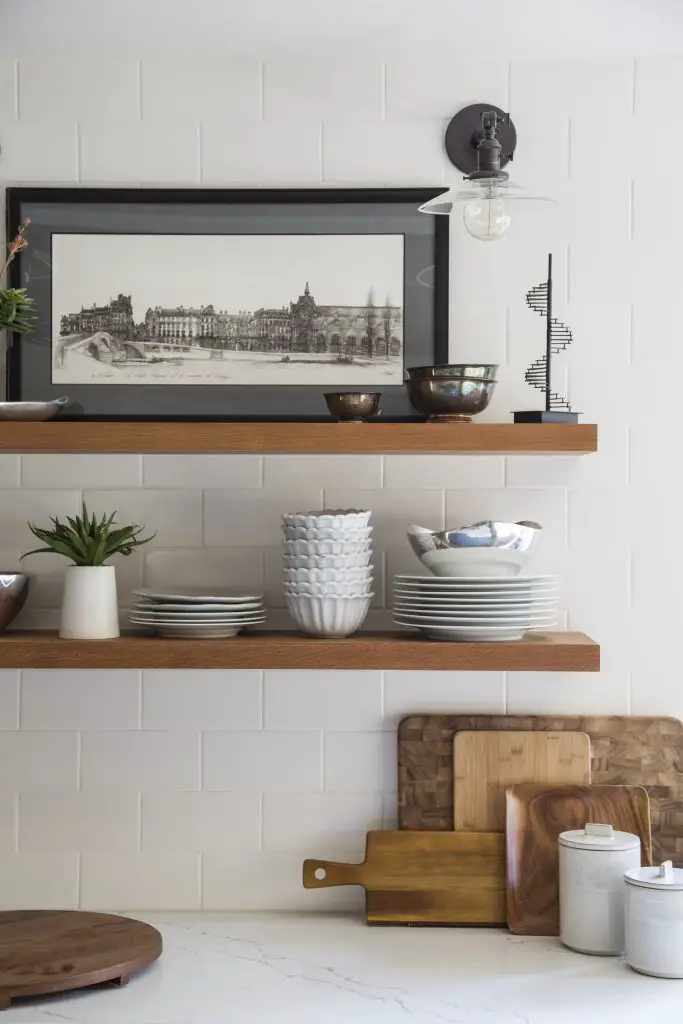Plants are living things the same as all of us. They’re not fond of change and might need a bit of nurturing when they come into a new atmosphere than what was once home.
For the “parent,” these are an investment in the home, an aesthetic addition, a way to enhance overall wellness. But it’s also a new buddy needing to be treated like a friend. Entering into a new environment can result in wilting or yellowing of the leaves, perhaps drooping or shedding of foliage.

In some cases, with certain species, a gulp of water can set things straight. It doesn’t matter whether it comes from an online gardening provider or an in-person nursery. Let’s check out some tips on how to acclimate a plant to its new surroundings.
Tips On Acclimating A Plant To Its New Home
Whether you buy a plant from a local nursery or choose to shop online makes no difference. Plants will take time and loads of attention adjusting to the new household. Look here for guidance on buying from online providers.
These are living, feeling beings feeling a sense of sadness since leaving what was home and now needing to get used to something stranger. It’s no different than a pet or one of us sincerely, and it’s essential to treat them with the same kind of respect as any living thing.
● Shopping for species in person
When looking for options in nurseries or garden centers or even at the local market, it’s essential to ensure that you protect the foliage for traveling on the ride home. Even if everything looks exceedingly healthy on the outside, it’s exceptionally delicate, meaning damage can happen quite easily and quickly.

The weather is one consideration, especially in extreme temperatures. If it’s frigid, the car should be at a warm temperature, and the plants need covering over with fabric bags prior to taking them into the elements to prevent a chill, especially those sensitive to the frost. It’s the same for heat-sensitive plants in ensuring their soil is entirely moist.
Windy days can damage plants comprising large leaves, meaning you should surround the plant with cloth and secure the material to the stem to protect these and the branches. Make sure to take the cloth off immediately after arriving home.
If you know you will be transporting potted plants, make sure you have a secure area to sit them, so there’s no fear of tipping over or rolling around in the car, causing severe damage or stress to the foliage.
It’s ok to repot at some point, but you might want to allow the plant to settle in for a while in its new atmosphere before you transplant it. It will continue to grow and thrive in its original pot for a bit and add water if the soil is dry but not so much that it sits in the saucer.
The suggestion is new plants need to separate from already existing foliage for a few weeks since diseases or pests could come along in their pots.
● Shopping for species on the online platform.
Buying plants online from trusted sites like Plantedpot is becoming increasingly popular. It’s substantially different from choosing an option at the store and can prove more satisfying since you precisely get what you want without settling for what’s available in a nursery or in-store gardening center.
Again, with transport, you might still see a few droopy leaves or shedding because the plant is experiencing change. Immediately, you need to check the soil for dryness and water if it’s arid, plus add soil if any was lost during shipping. Other than that, everything will be the same as if you had brought it home from the store only it comes directly to your doorstep; incredibly convenient.

If there are damaged leaves or wilting or yellowing foliage, trim off the damages since these won’t repair themselves and give the plant a drink. Fill the sink with water, sitting the plant in without the saucer so the roots get the full effect. Don’t water from the leaves down, which can result in damages to the foliage.
Allow it to soak for roughly half an hour or longer. Once the soil is entirely moist, drain the water but leave the pot to drain for at least 60 minutes and then put it back in its spot with the saucer in place. It’s not unusual for a new plant to drop leaves or for some leaves to wilt or droop in the beginning while it’s acclimating.
If you believe something more serious is happening, contact the resource where you bought the plant and see if they can offer guidance on what more you can do. Go to https://www.gardeningknowhow.com/garden-how-to/shop/buying-plants-online.htm for advice on finding reputable online suppliers.
Final Thought
Most online providers and in-person nurseries or garden centers can help when you have a plant emergency. If you’ve done everything right and the plant is still in distress, contact the provider for advice to see what they suggest. Perhaps the plant needs a different location in the house, closer to the sun or further away from the light.
If you speak with its “original home,” they can tell you where they had it situated, and you can kind of mimic that scenario. It takes time and patience, but as you and the plant adjust, it will become easier for each of you.
Thanks to all the companies linked above.
























